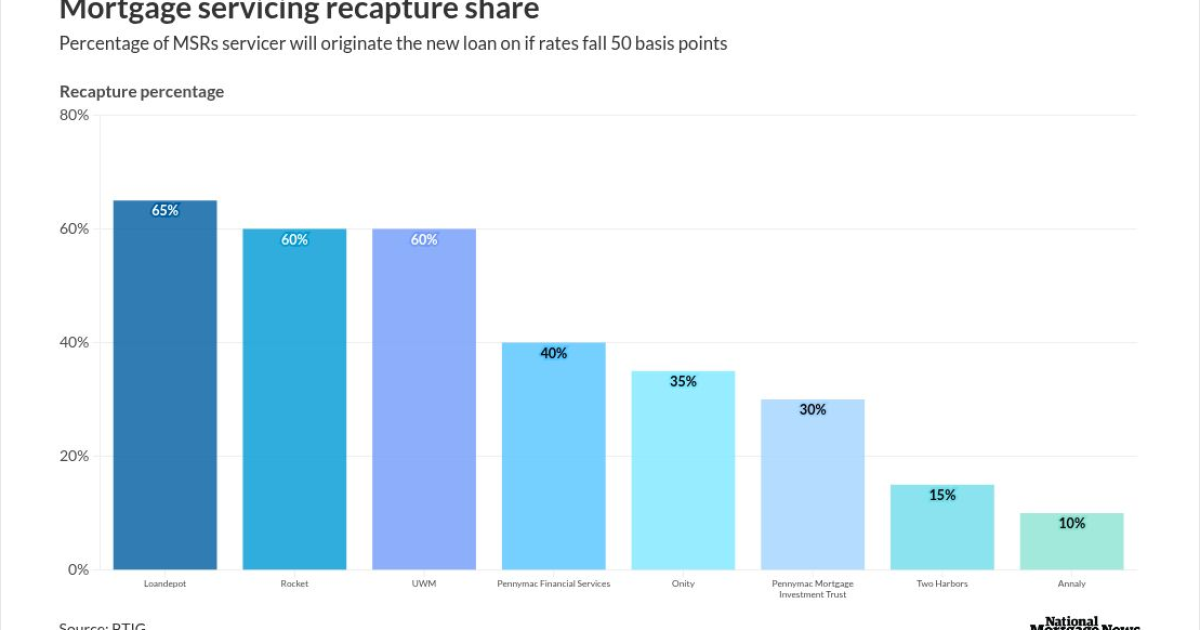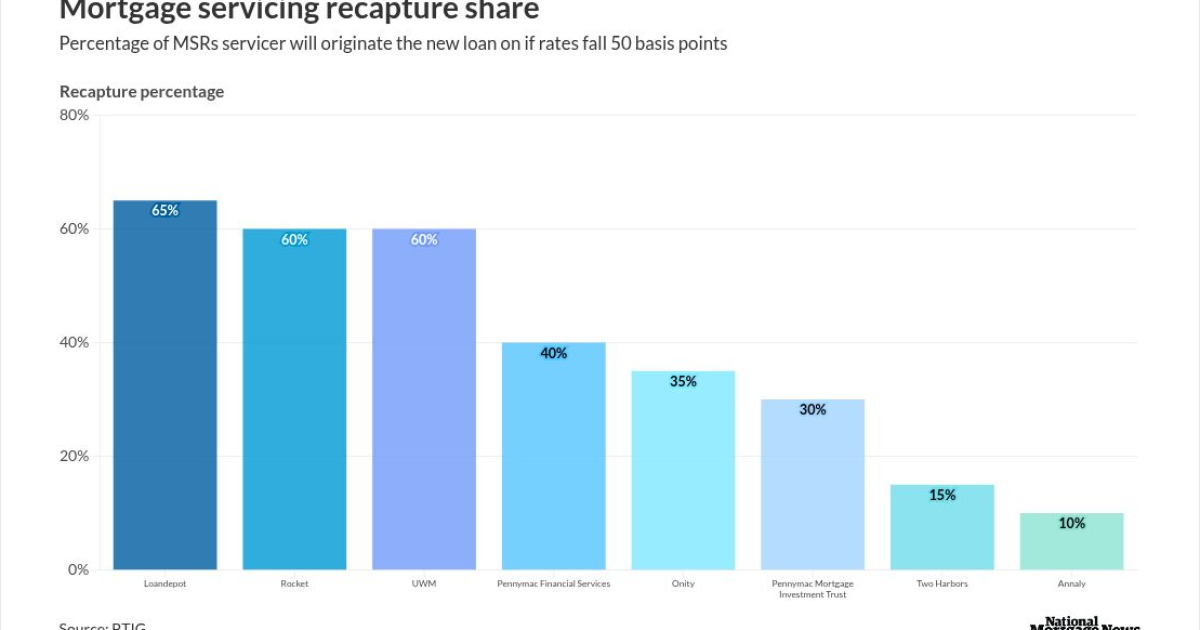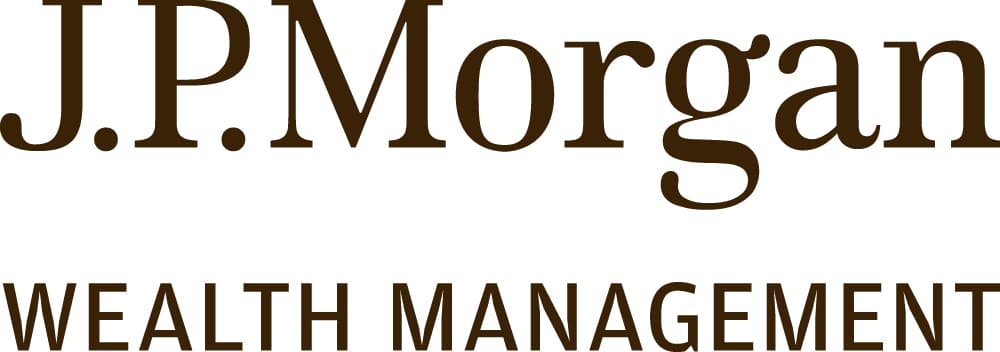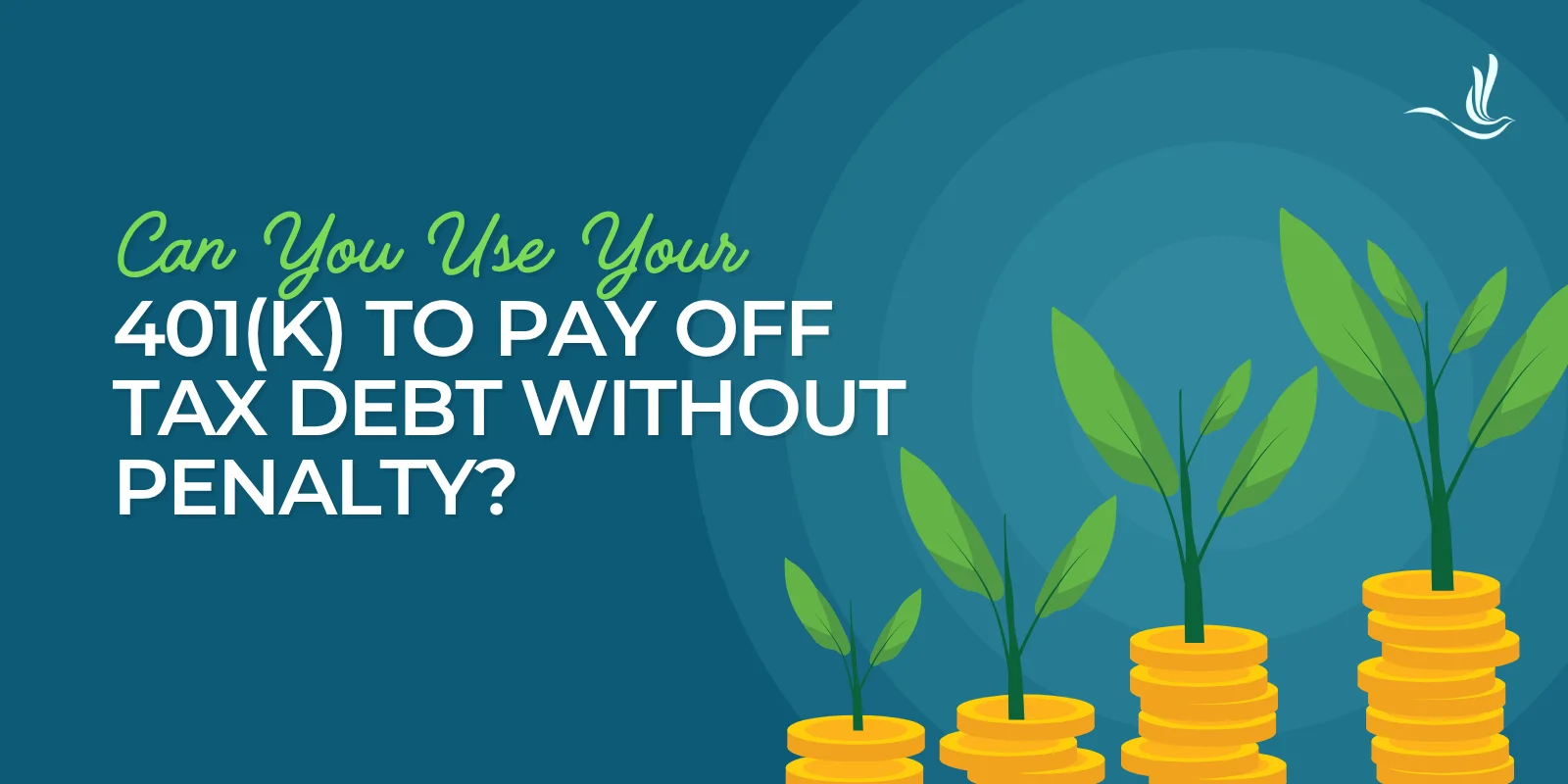If investing feels a bit like walking into a maze, you’re not alone. But here’s a comforting thought: you can aim for returns and make ethical choices. That’s what responsible investing is all about.
In this sixth article of our Beginner Investor Blog Series, we’ll explore how you can make money while supporting companies that care about the environment, people, and good business practices.
Missed the previous Beginner Investor Blog Series? Read it here:
What if your investments could make a real difference?
Where you put your money, your savings, investments, and pensions doesn’t just shape your future; it also impacts the world around you.
In fact, many people in Ireland today want their investments to do more than grow. They want them to have a positive impact on the planet and society.
Responsible investing lets you do exactly that. It’s about expecting more than just good performance from your money. It’s about selecting funds that support companies dedicated to sustainability, innovation, and ethical practices, ensuring your investments align with your values.
What Is Responsible Investing?
Responsible investing (also called sustainable, ESG, or ethical investing) means you pick investments not just based on potential returns, but also on how companies behave towards the environment, people, and their own governance (management, transparency, etc.).
A significant aspect of this involves integrating ESG criteria into the decision-making process. That means the fund or investor doesn’t just screen out “bad” industries (like tobacco or fossil fuels) but actively looks at how companies handle climate risks, social responsibility, and corporate behaviour.
Also, in some markets (like the EU), investment products must declare how “sustainable” they are. This comes from regulation that requires more transparency about environmental and social impact, so investors like you can make informed choices.
Under EU rules, if a fund calls itself “sustainable”, at least 80% of its assets must genuinely support environmental, social, or governance (ESG) goals. This rule aims to reduce greenwashing, when investment funds exaggerate or misrepresent how environmentally friendly they really are, and make it easier for investors to trust that their money is truly making a positive impact.
A Real-World Example
To make this less abstract, here’s how a “multi-asset ESG fund” might operate:
- Multi-asset means it invests across different types of assets — not only shares but also bonds and other assets that help reduce risk.
- It balances growth and defensive assets, aiming for returns while protecting your investment during market ups and downs.
- The fund managers actively manage the portfolio, adjusting investments as markets and ESG risks change.
- It follows strict sustainability guidelines, ensuring it promotes environmental and social characteristics in line with regulation.
This type of fund provides a built-in “ethical filter” while diversifying risk across various assets.
Publisher: Source link











